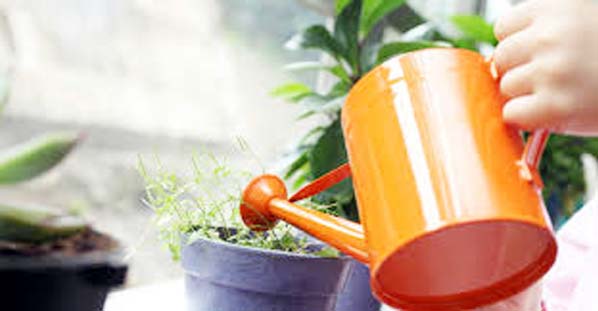
Life Desk :
Edible plants, as the name suggests, are those herbs, leaves and flowers that have a high nutritional value and parts of them can be safely consumed by human beings. Isn’t it rather helpful to know the ones that can be eaten and separate it from the rest? Most of them have a host of health benefits they carry within themselves.
While spinach and coriander are a few leaves that are used in most households as ingredients for certain delicacies, there are many other unknown species of plants waiting to be discovered. Catch a glimpse of this list that will help you decide what to eat and what to skip from the world of foliage.
Cattail
Grown in Australia and Northern Hemisphere, cattail is a unique plant. They are most often found in marshy areas. Several parts of the plant can be eaten. Each cattail has male and female flowers on the stalk. The pollen of the plant, before the male pollinates the female during spring, can be collected and used to make muffins or other delicacies along with some other traditional flowers. The fibrous roots of the plant are also useful. They can also be harvested and later dried, grounded, separated from starch and then used to thicken sauces and corn starch.
Prickly Pear Cactus
The quintessential desert plant, the cactus is, in fact, very nutritional and tasty. However, be careful before eating it. Don’t forget to remove the spines carefully.
Clovers
Clovers are easily available and can be eaten raw. But if boiled, they taste better.
Dandelion
One might be surprised to know this, but dandelions can be eaten – all of it! Its leaves, flowers, and even the roots can be safely consumed.
Fireweed
Scientifially known as chamerion angustifolium, fireweed is native in the Northern hemisphere. It is an edible plant and it is beaten when the leaves are tender and young. The seeds and the flowers have a similar peppery taste.
– From Internet
Edible plants, as the name suggests, are those herbs, leaves and flowers that have a high nutritional value and parts of them can be safely consumed by human beings. Isn’t it rather helpful to know the ones that can be eaten and separate it from the rest? Most of them have a host of health benefits they carry within themselves.
While spinach and coriander are a few leaves that are used in most households as ingredients for certain delicacies, there are many other unknown species of plants waiting to be discovered. Catch a glimpse of this list that will help you decide what to eat and what to skip from the world of foliage.
Cattail
Grown in Australia and Northern Hemisphere, cattail is a unique plant. They are most often found in marshy areas. Several parts of the plant can be eaten. Each cattail has male and female flowers on the stalk. The pollen of the plant, before the male pollinates the female during spring, can be collected and used to make muffins or other delicacies along with some other traditional flowers. The fibrous roots of the plant are also useful. They can also be harvested and later dried, grounded, separated from starch and then used to thicken sauces and corn starch.
Prickly Pear Cactus
The quintessential desert plant, the cactus is, in fact, very nutritional and tasty. However, be careful before eating it. Don’t forget to remove the spines carefully.
Clovers
Clovers are easily available and can be eaten raw. But if boiled, they taste better.
Dandelion
One might be surprised to know this, but dandelions can be eaten – all of it! Its leaves, flowers, and even the roots can be safely consumed.
Fireweed
Scientifially known as chamerion angustifolium, fireweed is native in the Northern hemisphere. It is an edible plant and it is beaten when the leaves are tender and young. The seeds and the flowers have a similar peppery taste.
– From Internet

